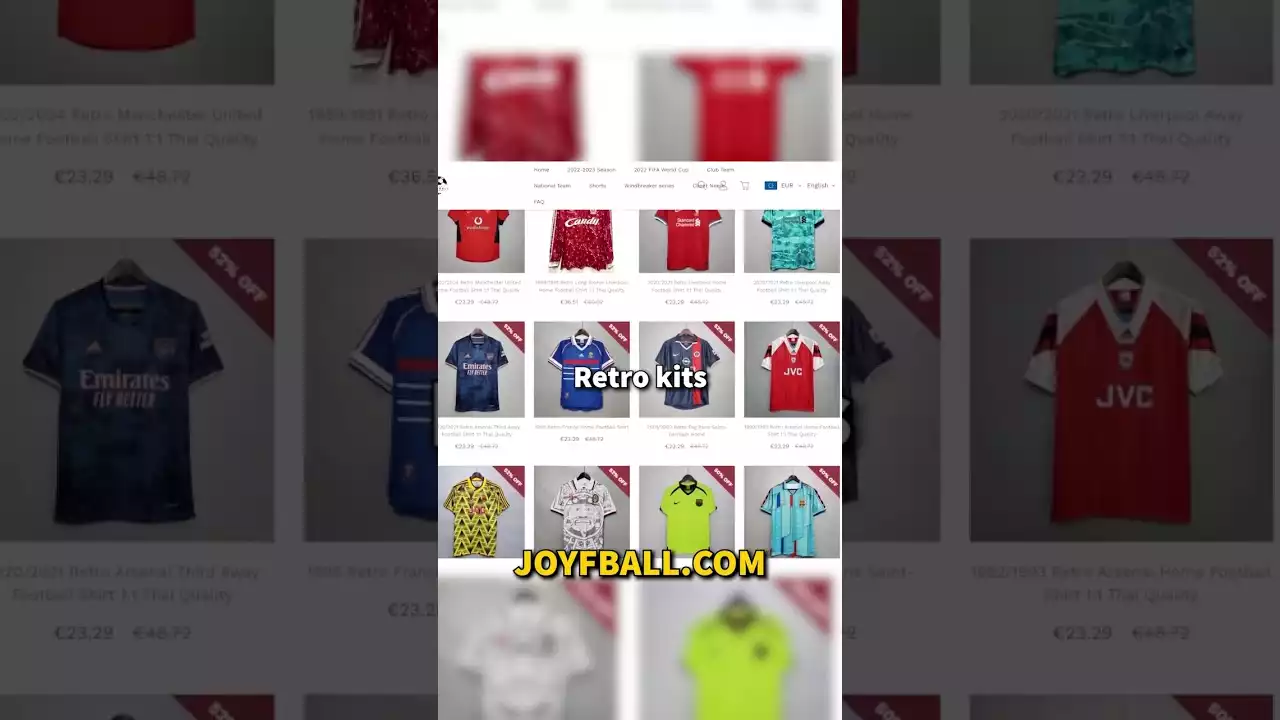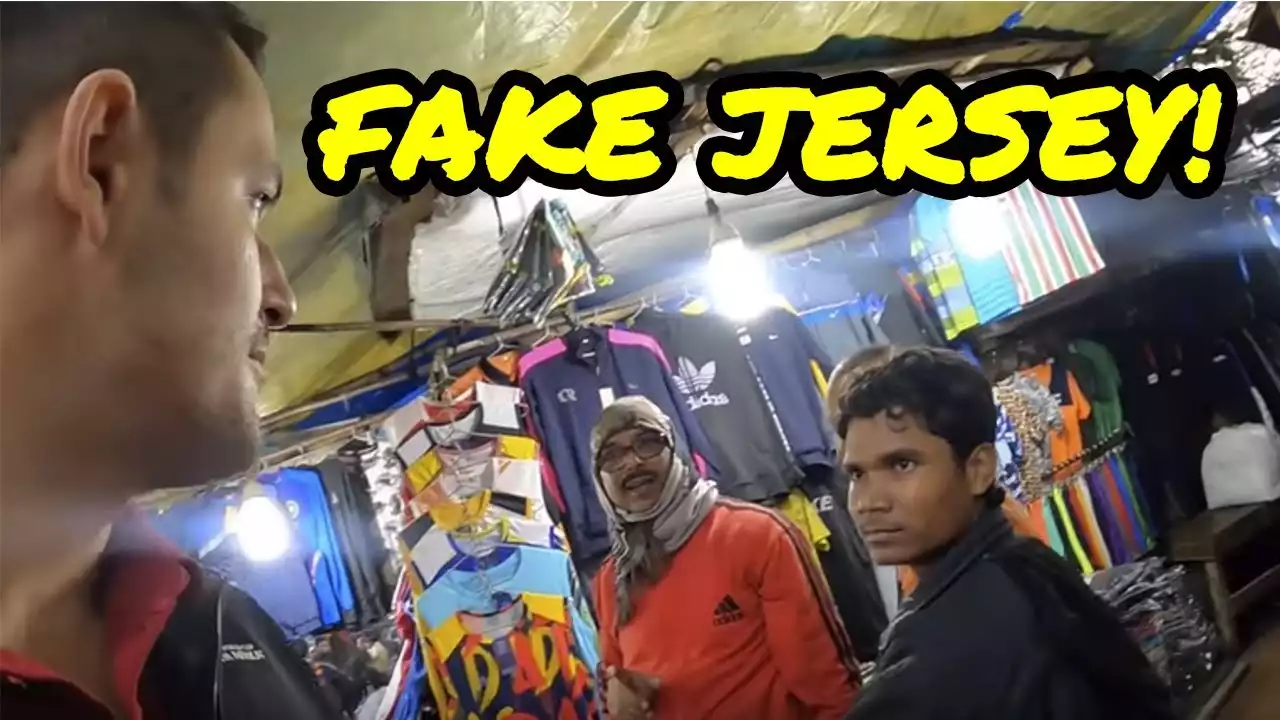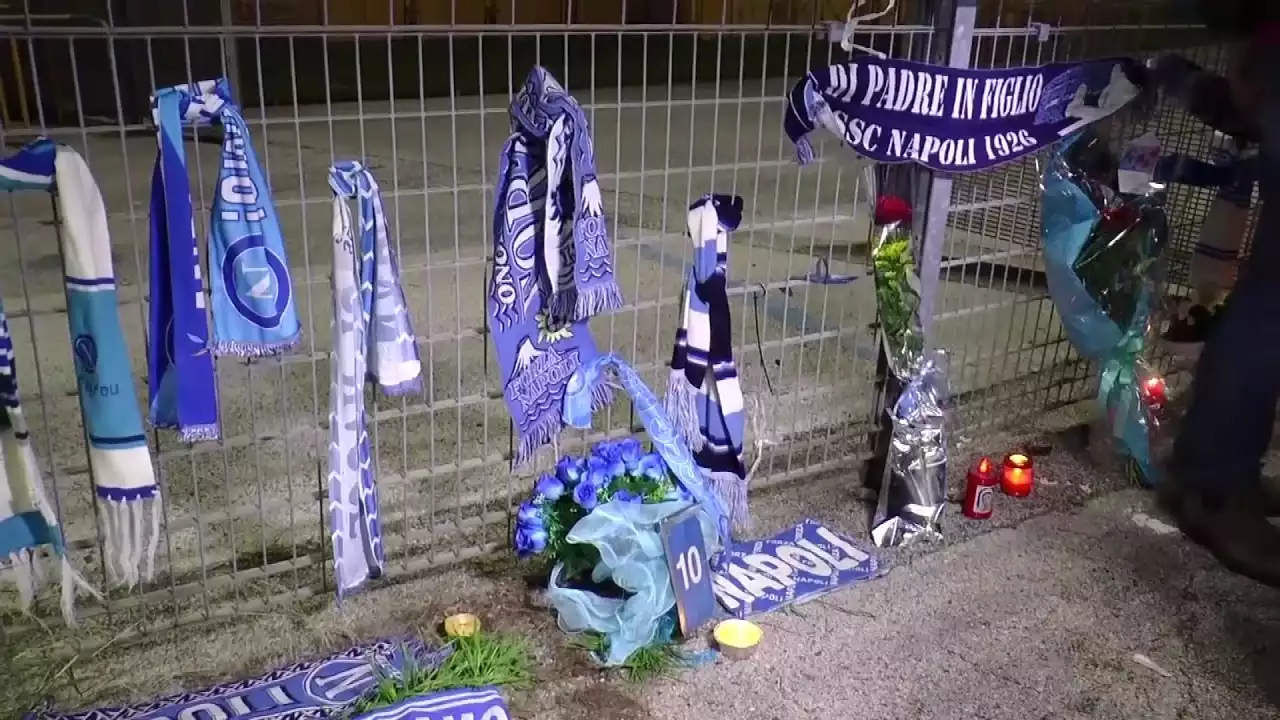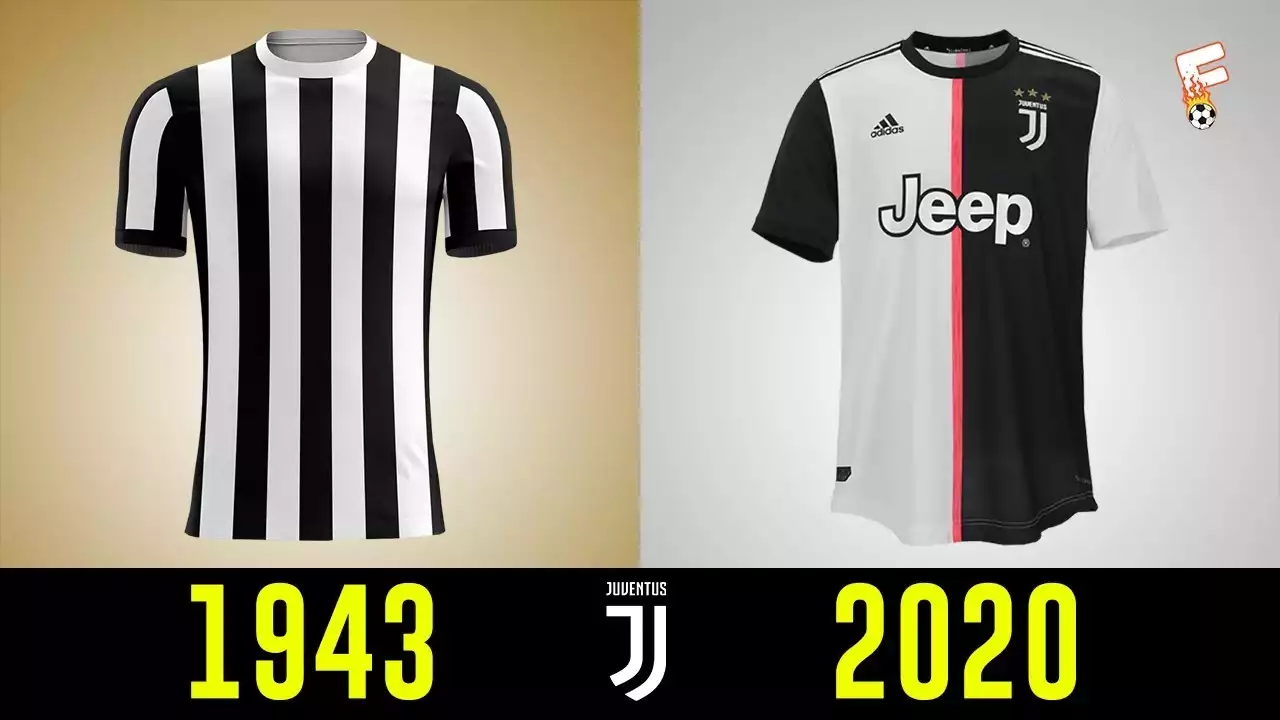Importance of Serie A merchandise sales for the Italian economy
Serie A merchandise sales play a crucial role in the Italian economy. The league's popularity attracts millions of fans from around the world, creating a significant demand for official merchandise. This demand translates into substantial revenue for both the league and the individual clubs. The money generated from merchandise sales has a direct impact on the Italian economy, contributing to job creation, tax revenue, and overall economic growth. The success of Serie A merchandise sales also helps to promote Italy as a global footballing destination, attracting tourism and boosting the country's image on the international stage.
Serie A merchandise sales not only benefit the league and clubs but also have a positive ripple effect on local businesses. Retailers, manufacturers, and distributors in Italy thrive on the increased demand for Serie A merchandise. With fans eager to show their support for their favorite teams, local businesses have the opportunity to flourish by providing a wide range of products and services related to Serie A. This includes not only the sale of official merchandise but also the creation of fan-made products, such as personalized jerseys, accessories, and memorabilia. The economic impact of Serie A merchandise sales extends beyond the football industry, benefiting various sectors of the Italian economy.
The revenue generated by Serie A merchandise sales is substantial and continues to grow year after year. According to recent reports, the league's total merchandise revenue reached an all-time high of €360 million in the last season. This significant revenue stream is a testament to the immense popularity of Serie A and the enduring loyalty of its fan base. The revenue generated from merchandise sales plays a vital role in sustaining the financial stability of the league and its clubs. It enables them to invest in player transfers, stadium renovations, youth development programs, and other infrastructure improvements. The economic impact of Serie A merchandise sales goes well beyond the sale of products; it directly influences the growth and success of the league itself.
Factors influencing Serie A merchandise sales
Several factors contribute to the popularity and success of Serie A merchandise sales. Firstly, the league's rich history and legacy play a significant role in attracting fans. Serie A has a storied past, with legendary clubs and iconic players who have left their mark on the game. Fans feel a deep emotional connection to the league, its teams, and its traditions, which drives them to support their favorite clubs through the purchase of merchandise.
The success and popularity of individual teams also have a direct impact on merchandise sales. Clubs like Juventus, AC Milan, and Inter Milan have a massive global following, with fans spanning across continents. The success of these teams on the field, coupled with their historical significance, creates a strong demand for their merchandise. Fans want to identify with their favorite clubs, wear their colors, and show their support.
The star power of Serie A players is another influential factor in merchandise sales. Players like Cristiano Ronaldo, Zlatan Ibrahimovic, and Romelu Lukaku attract fans from all over the world. These players have a massive following on social media and are considered global icons. Their presence in Serie A raises the league's profile and increases the demand for merchandise associated with their respective clubs.
Strategies to boost Serie A merchandise sales
To further boost Serie A merchandise sales, clubs and the league itself employ various strategies. One effective approach is to collaborate with well-known fashion brands or designers to create limited-edition merchandise collections. These collaborations generate buzz and attract fans who are also interested in fashion and streetwear. By merging football culture with fashion, Serie A merchandise becomes more appealing to a wider audience, expanding its market reach and driving sales.
Another strategy to boost merchandise sales is to leverage the power of social media. Serie A clubs actively engage with fans on platforms like Instagram, Twitter, and Facebook, showcasing new merchandise releases, player endorsements, and behind-the-scenes content. Social media allows clubs to build a community around their brand, fostering a sense of belonging and loyalty among fans. This, in turn, translates into increased merchandise sales as fans want to be part of the club's story and show their support through their purchases.
The role of social media in promoting Serie A merchandise sales
Social media plays a significant role in promoting Serie A merchandise sales. Platforms like Instagram, Twitter, and Facebook provide clubs with an opportunity to connect directly with their fan base, showcasing new merchandise releases, exclusive offers, and behind-the-scenes content. By leveraging social media, clubs can create a sense of community and excitement around their brands, driving engagement and ultimately boosting merchandise sales.
One of the most effective ways clubs utilize social media is by collaborating with influencers and content creators. These individuals have a strong following and influence over their audience's purchasing decisions. By partnering with influencers, clubs can tap into their reach and credibility, exposing their merchandise to a broader audience. Influencers can create engaging content featuring the merchandise and share their personal experiences, encouraging their followers to make a purchase.
Additionally, social media provides a platform for user-generated content (UGC). Fans love to share photos and videos of themselves wearing their favorite team's merchandise, creating a sense of community and belonging. Clubs can encourage UGC by running contests, offering incentives, or simply showcasing and celebrating fan content. This user-generated content serves as authentic social proof, inspiring others to buy merchandise and join the community.
Case studies of successful Serie A merchandise sales campaigns
Several case studies illustrate the success of Serie A merchandise sales campaigns. One notable example is Juventus' collaboration with Adidas on the launch of their iconic black and white striped home jersey. The jersey generated immense excitement among fans, with pre-orders selling out within hours of its release. The combination of Juventus' rich history, the iconic design, and the collaboration with a renowned sportswear brand created a perfect storm of demand, resulting in record-breaking sales for the club.
Another successful campaign was AC Milan's partnership with a popular Italian streetwear brand. The collaboration produced a limited-edition collection that blended the club's identity with contemporary fashion trends. The collection sold out quickly, appealing to both football fans and fashion enthusiasts. The success of this campaign showcased the potential of cross-industry collaborations in expanding the reach and appeal of Serie A merchandise.
Future prospects and trends in Serie A merchandise sales
Looking ahead, the future prospects for Serie A merchandise sales are promising. As the league continues to attract a global audience, there is a growing market for official merchandise. The increasing popularity of football fandom, fueled by social media and digital platforms, provides opportunities for clubs to engage with fans and drive merchandise sales. Furthermore, the integration of technology, such as augmented reality and virtual reality, could revolutionize the way fans experience and interact with merchandise, further enhancing its appeal.
In terms of trends, sustainability and ethical practices are gaining importance in the world of merchandise sales. Fans are increasingly conscious of the environmental impact of their purchases and prefer brands that prioritize sustainability. Serie A clubs have the opportunity to embrace these trends by producing merchandise using eco-friendly materials, implementing fair labor practices, and supporting social causes. By aligning with these values, clubs can attract a new segment of fans who prioritize sustainability and ethical consumption.










